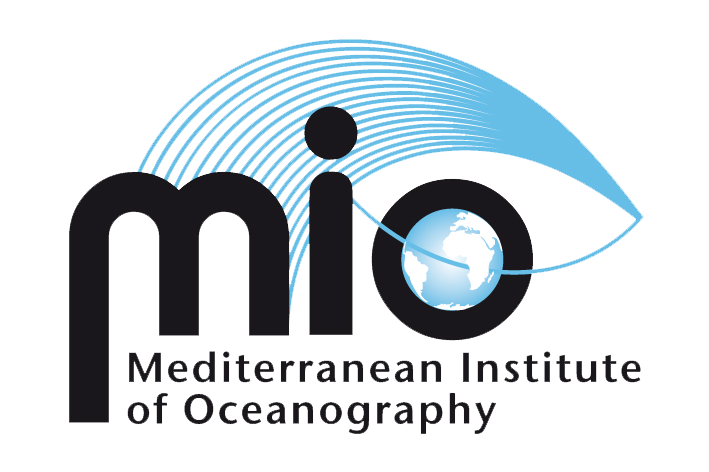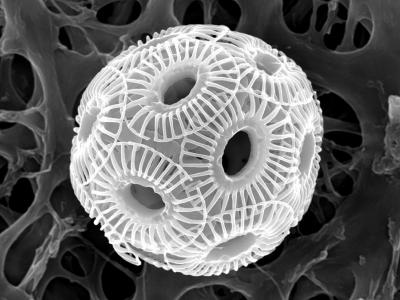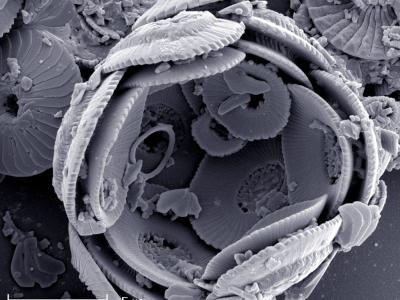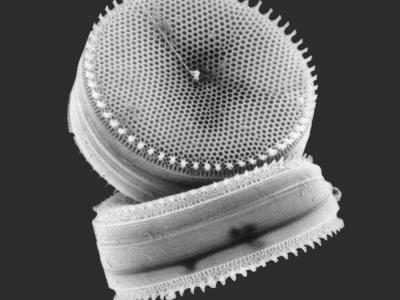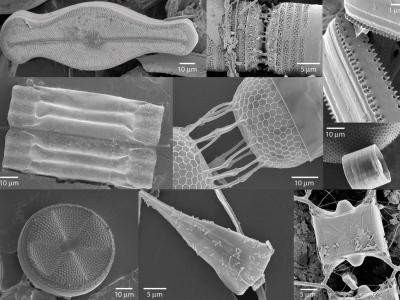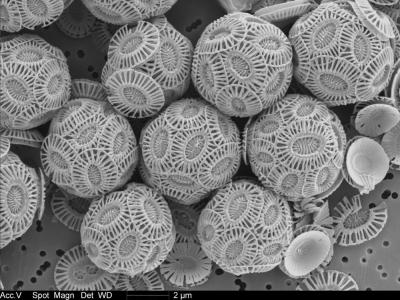Marine Environmental Chemistry (CEM)

Headers : Stéphane Mounier and Stéphanie Jacquet
The Marine Environment Chemistry (CEM) team focuses on several environmental issues:
- Characterization and quantification of organic and inorganic elements in the marine environment,
- Estimation of their flow from the continent to the oceans and their monitoring by optical means,
- Definition of their sources and fate in the water column,
- effect of sedimentary diagenesis on anthropogenic inputs.
These themes are a component of the general problem of understanding the cycles of elements and the effect of the anthropization of environments, which are crucial phenomena in the context of global climate change.
Study of the natural organic matter (MON)
The study of natural organic matter (NOM) by a combination of molecular and optical approaches and the identification of tracers enable us to determine the main sources of NOM (terrigenous, marine, atmospheric, sedimentary, etc.) and evaluate the sources and spatio-temporal variability of chromophoric NOM (CDOM) through the use of optical laboratory and in-situ measurements (absorbance, fluorescence, and radiometry):
-
Assessment of the biodegradation and abiotic degradation processes (e.g., photodegradation) of NOM and the major processes that control its composition, properties and responsiveness in the marine environment
-
Structural characterization of NOM
Organic and inorganic tracers for the study of biogeochemical cycles in the marine environment
- Ocean carbon cycle – fluxes and tracers for the exportation, mineralization and degradation of NOM
- Quantification of fluxes and modeling of material transfer at the atmosphere/ocean, river/coastal zone, water/sediment, open margin/ocean, surface ocean/mesopelagic zone/bathypelagic range, frontal zones and biogeochemical provinces
- Development of specific tracers (Ba, Ti, Hg, 13 C, 14 C, sugars, lipids, etc.) for the study of processes (mineralization, photodegradation, atmospheric deposition, ocean circulation, etc.).
Integrated study of the sources, behavior, transformation processes and fate of organic and inorganic contaminants
- Levels, sources and transfer of historical (metals/metalloids, PAHs, PCBs, etc.) and emerging (Ag, Gd, Pt, phthalates, OPEs, etc.) contaminants between environmental compartments and the effect of intense natural or anthropogenic events (e.g., storms, floods, dredging, industrial/urban discharges, etc.),
- Influence of the speciation of contaminants on their bioavailability and their effects on the first trophic levels
- Contaminant transfer in food webs, bioaccumulation and biomagnification
- Biogeochemical cycling of Hg in the marine environment, including anthropogenic sources vs. natural resources, trade and transformation, and the influence of microbial communities
- Role of NOM and microplastics in the behavior and transfer of contaminants,
- Effect of black carbon on contaminant transfer and element cycling
Tools and analytical development
- Development of in-situ sensors for NOM monitoring (e.g., fluorescence, Raman, lasers)
- Development of sensors that are specific to chemical contaminants (e.g., fluorescent HAPs, metals by functionalized polymers, Hg by functionalized nanoparticles, etc.) and urban tracers (e.g., fluorescent fecal bacteria)
- Geochemical modeling of speciation and contaminant transfer
- Signal-processing techniques, statistical processing of data, etc...
Our projects
CEM 2020 Award for best presentation :
by Manon CARPANIN on mini-fluo systems
